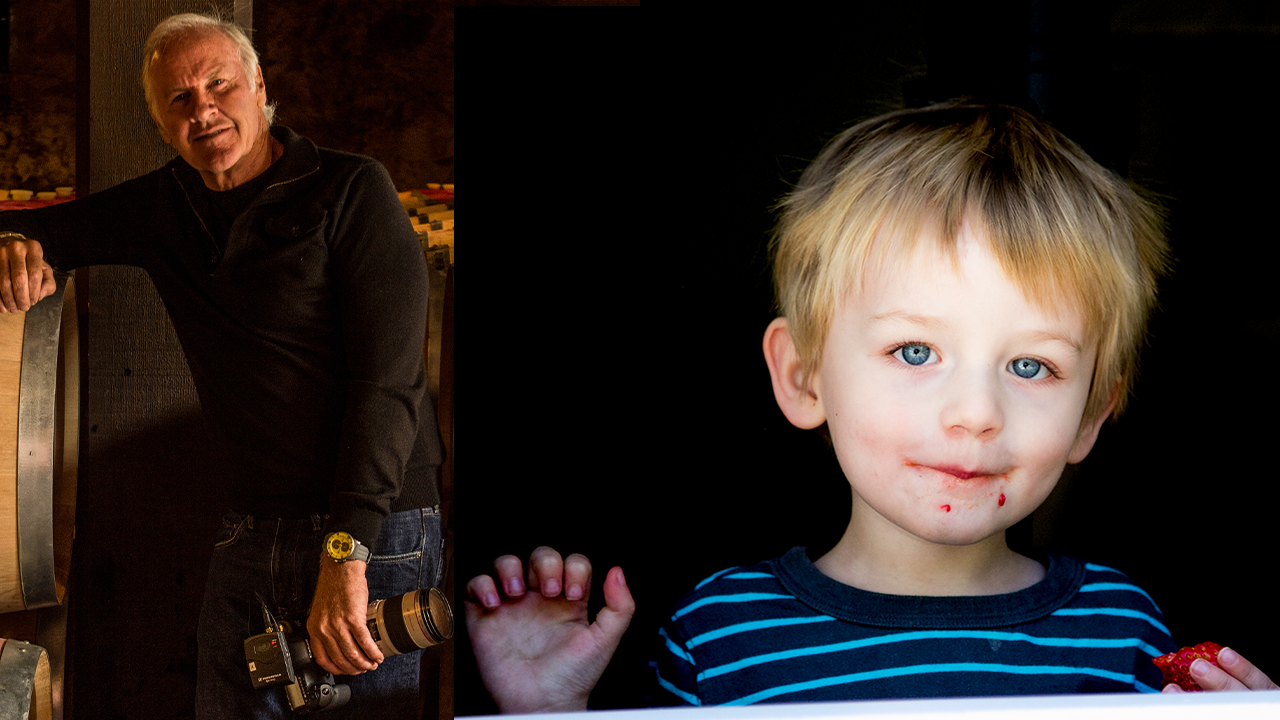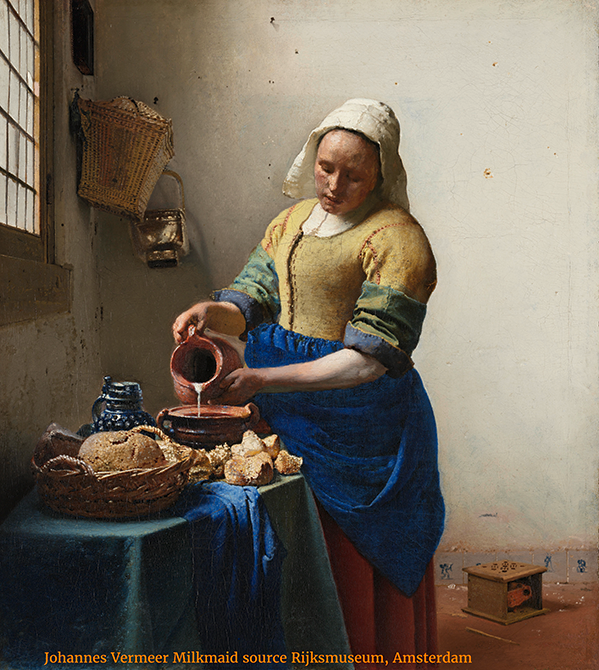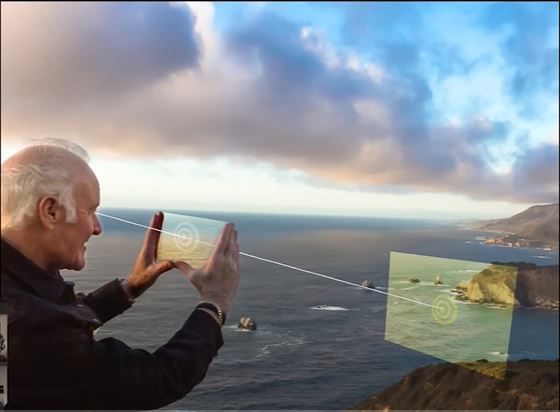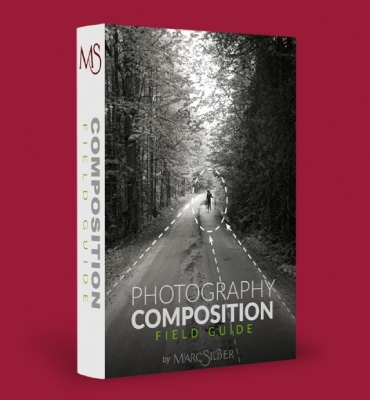“Any Window,” 1940. Photo by Roy DeCarava
Roy DeCarava, whose 70 year career in photography was marked by a style, substance and subject matter that made him one of the most respected photographers of the 20th century, passed away last week. He was 89 years old.
Growing up in Harlem in the ’30s, DeCarava discovered his passion for photography only after studying to be a painter. Among other reasons, he found the immediacy and freedom that photography offered not available to black painters of the time. This painterliness can be seen in much of his work — the band members solemnly exiting the stage; a young girl in a white gown walking down a trash-strewn street; a child sitting alone at the bottom of her stoop. These images defined his personal connection with his subjects.
“I didn’t know what I wanted to paint, but photography told me right away,” he said in an interview with The Washington Post in 1986. “I was very shy, scared to death of people, and somehow the camera gave me a license, a way of relating to people.”
Like his other work, DeCarava captured many of his famous contemporaries, like Ella Fitzgerald, Lena Horne, Duke Ellington and Miles Davis, in a way that purposefully tried not to portray African Americans in a politicized light. “One of the things that got to me,” he said in a 1982 interview with The New York Times, “was that I felt that black people were not being portrayed in a serious and in an artistic way.”
And that’s how DeCarava’s legacy will be remembered: as a genuine artist who was uncanny at capturing the beauty of normal, ordinary people. To see more of his work, or to read about his influence on the photographers of today, check out these books and novels.







Leave A Comment
You must be logged in to post a comment.